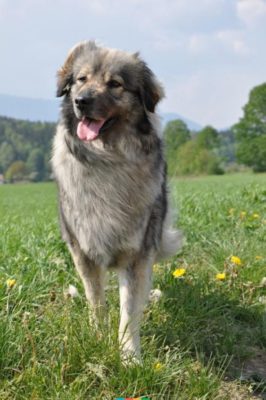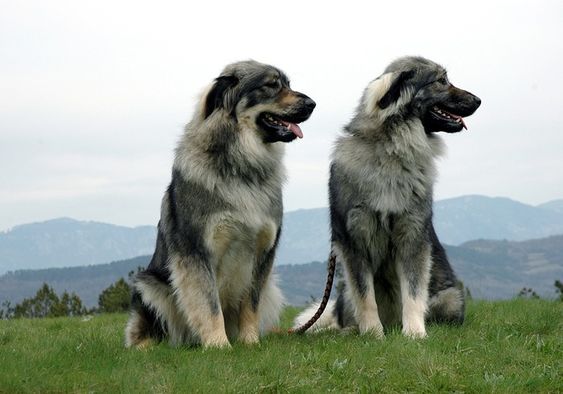Karst Shepherd
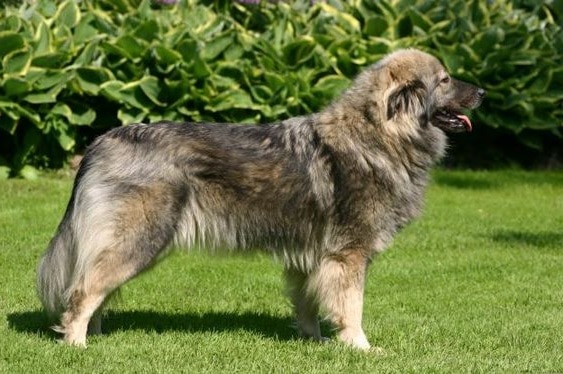
The Karst Shepherd has incredible energy, loyalty to its owner. It is brave, courageous; it is not inherently biting. It has no uncontrollable aggression and anger. In appearance, they are very strict and severe, which makes them great guards and protectors of the home. However, their character is very playful and kind, and they like to spend a lot of time with children.
Table of Contents
Breed Information
| Another Name | Kraški ovčar, Kraševec |
| Origin | Slovenia |
| Height | Males 57-63 cm Females 54-60 cm |
| Weight | Males 30-42 kg Females 25-37 kg |
| Fur | Long |
| Color | Anything but pure black and brown |
| Lifespan | 11-12 years |
| FCI Classification | Pinscher and Schnauzer – Molossoid and Swiss Mountain and Cattledogs |
| Group | Guard dogs, protection dogs |
| Price | From $700 |
Breed Photos
Origin History
There is a theory that these sheepdogs came from Slovenia, namely from the area near the Kráš Mountain range. At that time, the representatives of the breed were called Illyrian sheepdogs.
In 1689 the Karst Shepherd was first mentioned in literature. Baron Janez Weikart Valvasor described the breed in his book The Glory of the Duchy of Cornwall.
The breed was officially recognized by the FCI (Fédération Cynologique Internationale) in 1939. The standard was soon supplemented and amended. At that time, the Illyrian sheepdog was referred to as the dog from the Krash Mountains and the sheepdog from the Sarplan Mountains. Therefore it was decided to rename these dogs. Thus the Crash Mountain Sheepdog and the Sarplanian Sheepdog appeared.
Appearance
The Karst Shepherd has a muscular body, strong bones, strong muscles, and relatively large size, which gives the impression of a large and robust dog. The wool in dogs is long (at least 10 cm), abundant, any color, except solid black and solid brown. The coat is thick, there is a fluffy mane on the neck, making it powerful and much shorter. There is a dense undercoat.
On the head, ears, and front parts of the limbs, hair is shorter than on the body. A mane is formed on the upper part of the neck. On the back of the limbs, there is a thick and very long fluffy fur. A black mask is formed on the muzzle. The tail and ears are usually floppy. Growth in males is usually 57-63 cm, in females 54-60 cm. The weight of the males is 30-42 kg, bitches 25-37 kg.
Character
The Karst Shepherd has incredible energy, loyalty to its owner. It is brave, courageous; it is not inherently biting. It has no uncontrollable aggression and anger.
In appearance, they are very strict and severe, which makes them great guards and protectors of the home. However, their character is very playful and kind, and they like to spend a lot of time with children.
Very loyal to their owner but do not like to obey. They are challenging to educate because they are inherent freedom and individuality in decision-making.
Beautiful companions for their owners will keep them company during any activities. Sheepdog relates well to the animals they grew up with and will protect them. Karst Shepherd does not like to run in adulthood and play much, for it is better to lie in a cozy place.
Care
The Karst Shepherd is not overly active, but its large size requires a lot of space. The best place for her to live would be in the backyard of a private home. At the same time, once a week it is recommended to go or walk together to nature, to the woods, to the park, to change the location.
Do not keep it on a chain or in a kennel. This may cause excessive aggression and distrust of the owner. The best option is to equip an aviary and let it out into the yard regularly to stretch its muscles.
Regularly comb the hair, preferably with a comb with sparse teeth. During the molting period, the procedure should be done every other day. It is not recommended to bathe often. Once every three months is enough.
The coat should be checked after walks because it is very long and can get tangled, and leaves or other objects can get in. It is also necessary to keep the ears and eyes of the Karst Shepherd clean and to trim its claws regularly.
Training
Because of its confident and independent nature, the Karst Shepherd is not easy to train. It is best to hire a particular professional who will teach the dog the basics of training and a course of protective guard duty.
From as early as two months of age, you should teach your simple dog commands and introduce him to other dogs. You can walk together in the park or on the street and monitor Karst Shepherd’s relationship with other animals. Early socialization is the key to successful training in the future. They have a high level of intelligence and remember commands easily but will never do what they think is pointless.
Common Diseases
The pedigree of the dogs has a positive effect on their health. They can tolerate low mountain temperatures and harsh climates without problems. They have vital health and are not prone to genetic diseases. But it is common for them to have allergies and have bloating of the stomach due to poor nutrition.
Nutrition
The basis of the diet should be meat, cereals (preferably buckwheat and rice), do not forget about vitamins – fruits and vegetables. Do not feed bones, sweets, fat and smoked foods, baked goods.
 Gończy Polski
Gończy Polski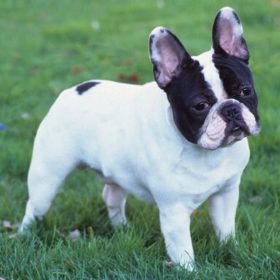 French Bulldog
French Bulldog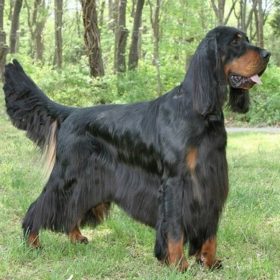 Gordon Setter
Gordon Setter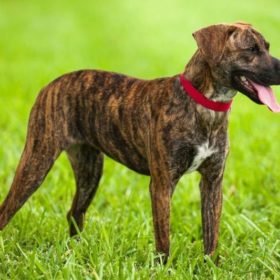 Treeing Tennessee Brindle
Treeing Tennessee Brindle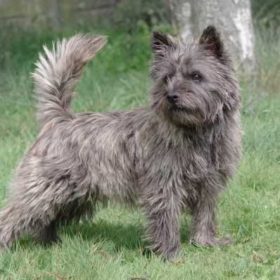 Cairn Terrier
Cairn Terrier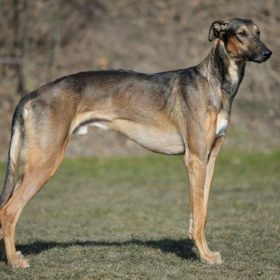 Chortai
Chortai